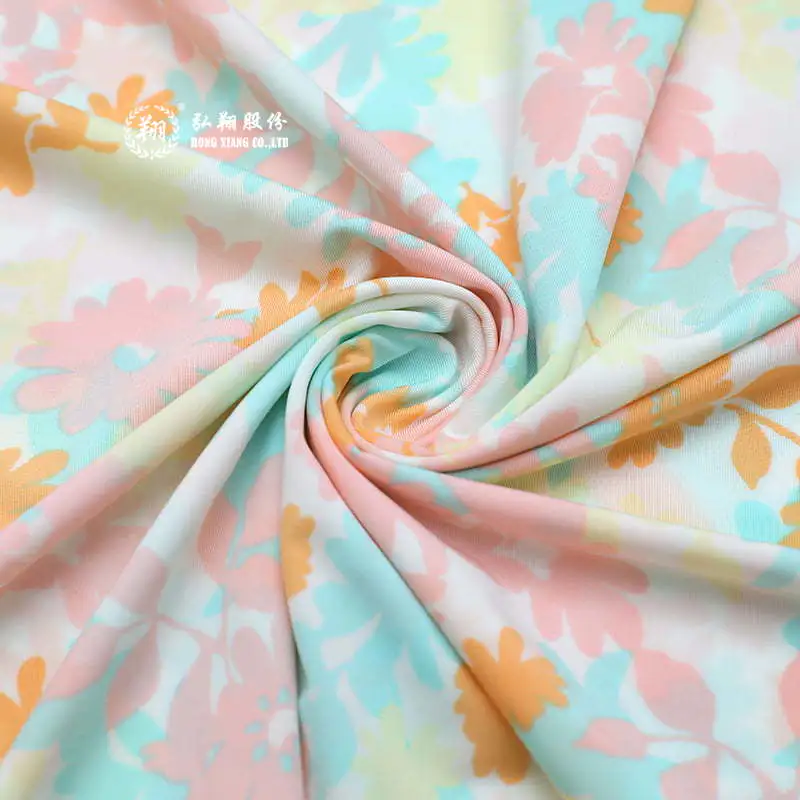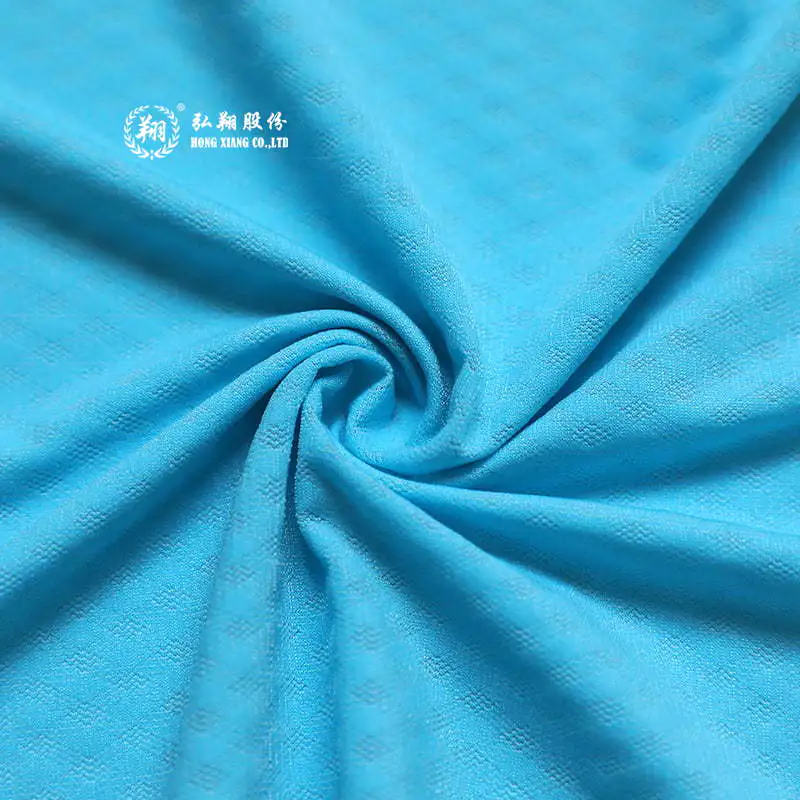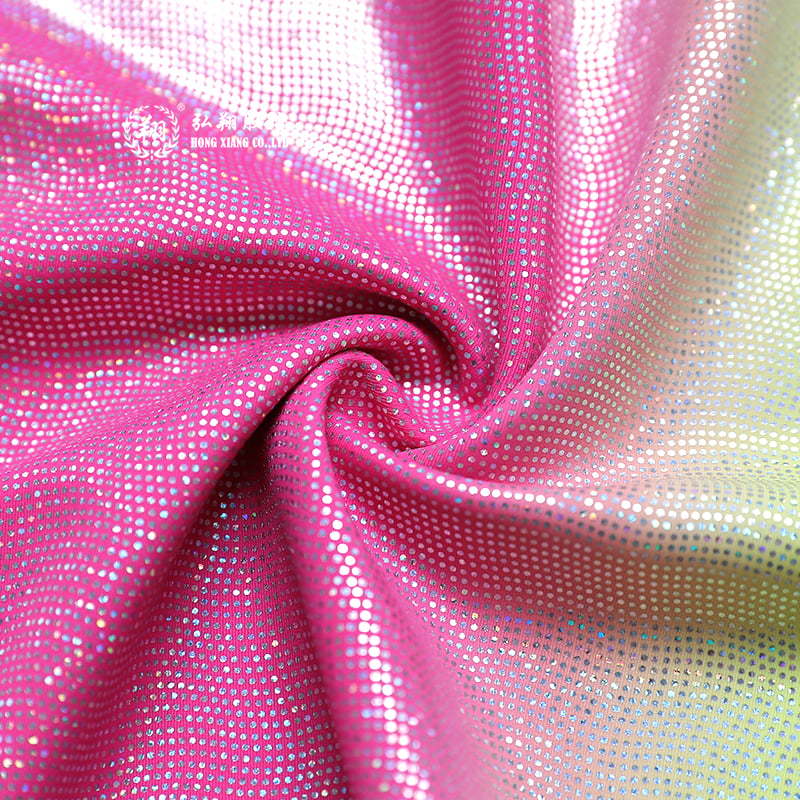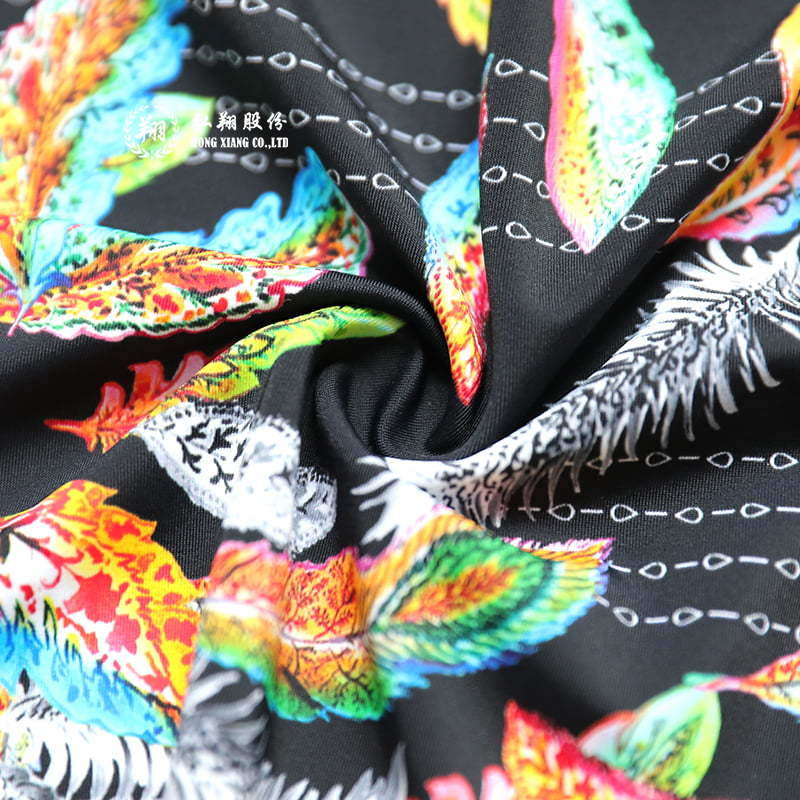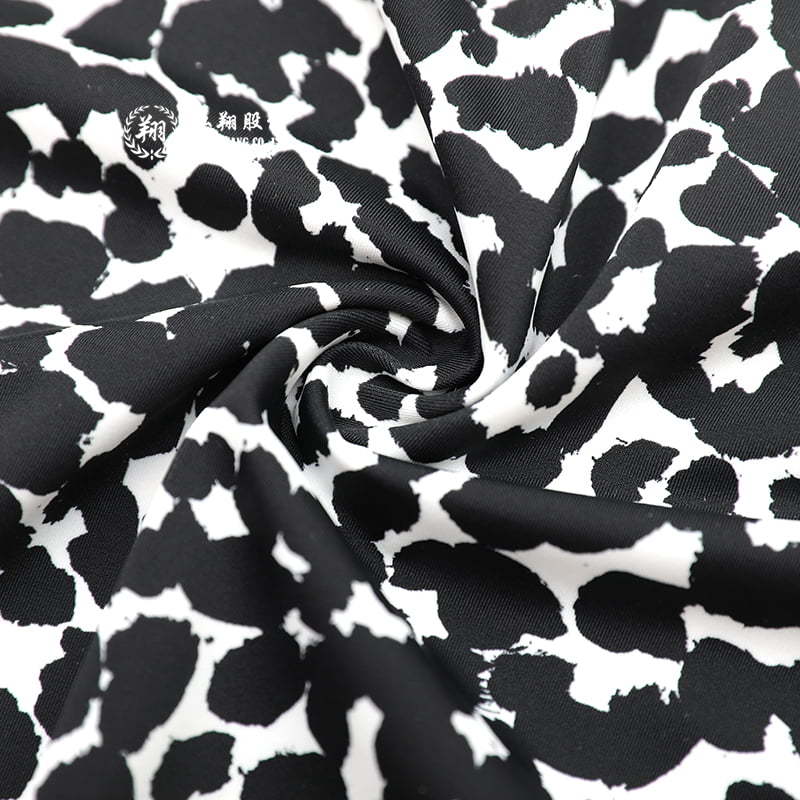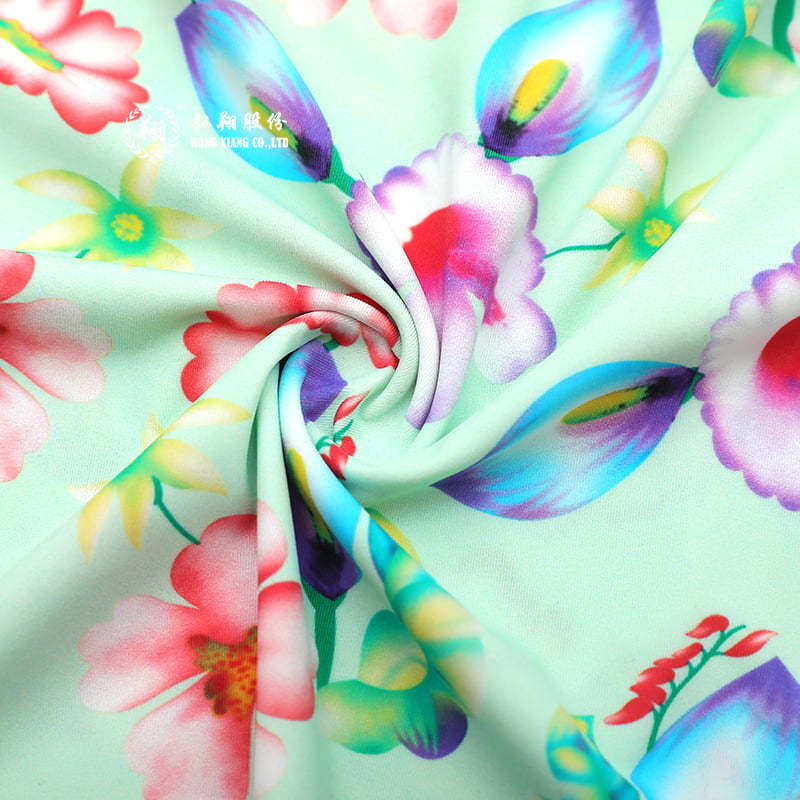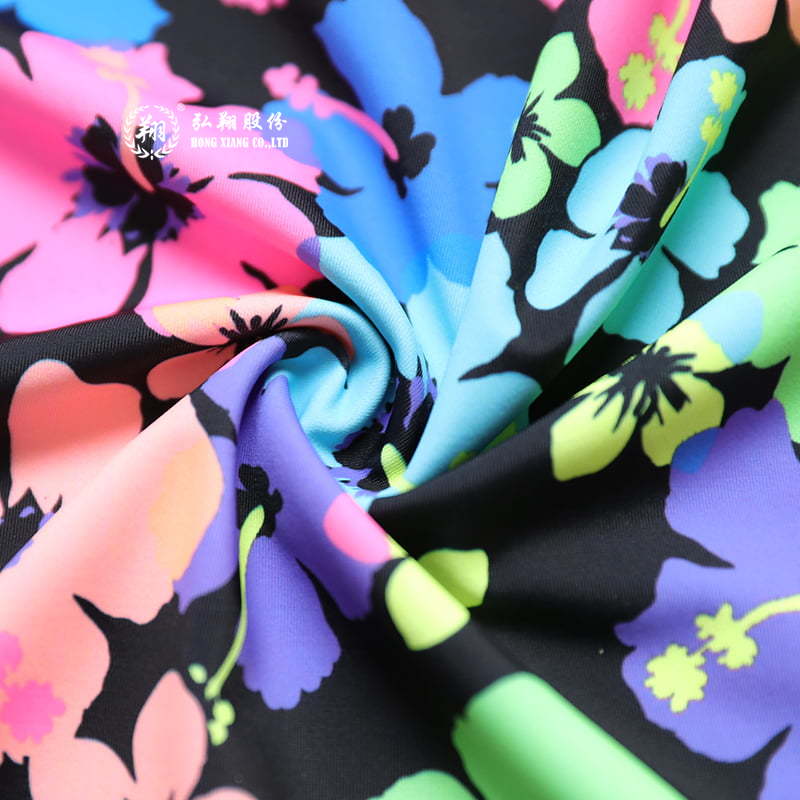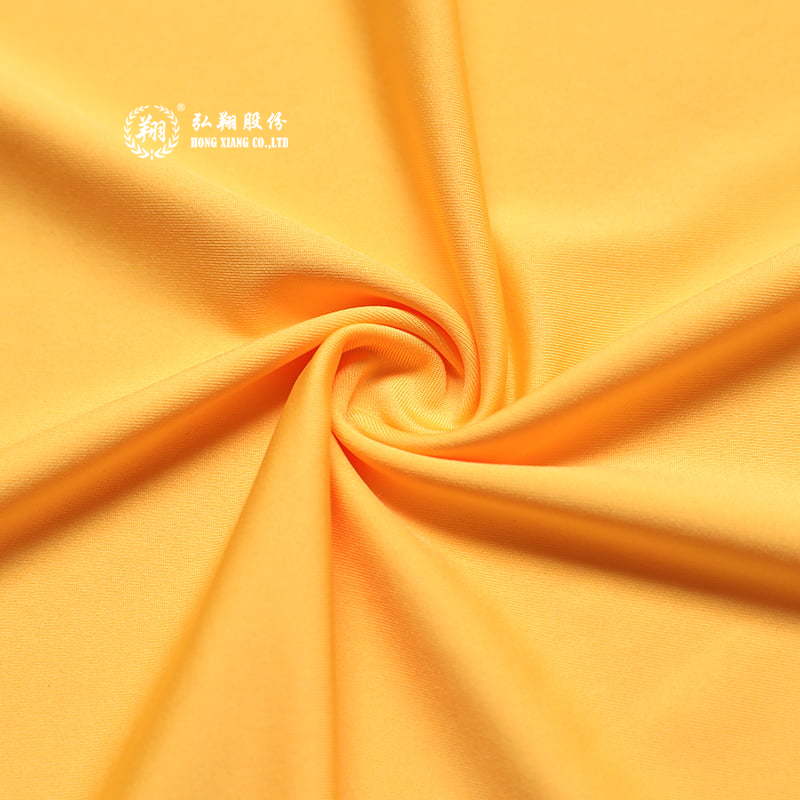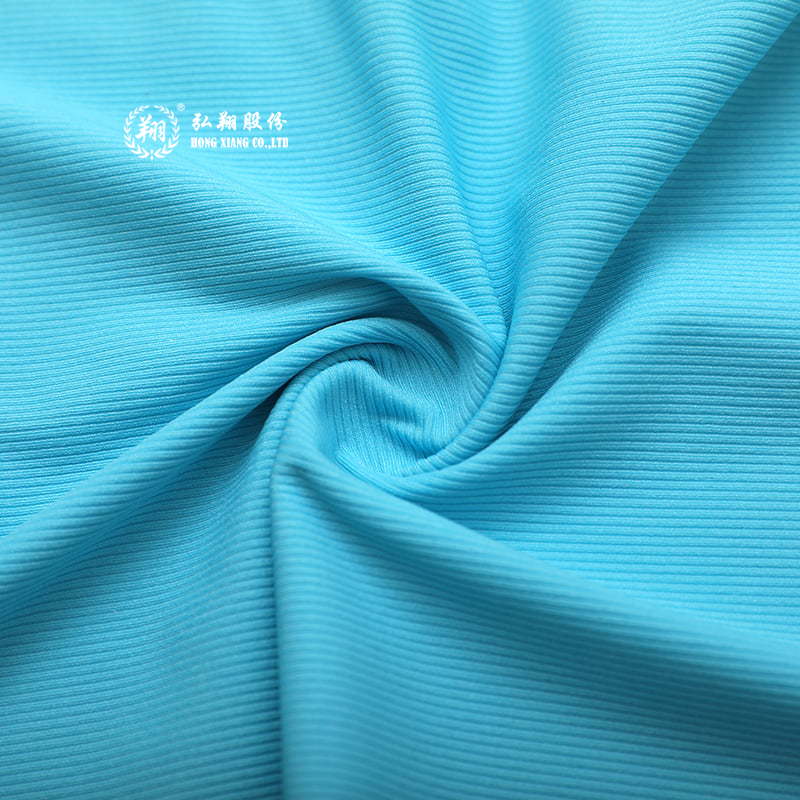Introduce several methods of commonly used fabric selection
Update:08 Sep
1. Hand feel: touch the leather surface by hand, if it is smooth, soft, plump, and elastic, it is genuine leather; while the general artificial synthetic leather surface is astringent, rigid, and has poor softness.
2. Seeing: Observe that the real leather surface has clearer pores and patterns, yellow leather has relatively well-proportioned pores, yak leather has thick and sparse pores, goat skin has fish-scale pores, and pigskin has triangular thick pores. The artificial leather, although it also imitates the pores, is not clear. The following will introduce the characteristics and identification methods of pig leather, horse leather, cattle leather and sheep leather: cattle leather is fine in surface and high in strength, which is most suitable for making leather shoes; sheep leather is light, thin and soft, which is an ideal fabric for leather clothing; pig leather It has good air permeability and water vapor permeability, and is more suitable for making underwear and children's products. Generally speaking, the thickness, density and distribution of pores on the leather surface are the main basis for distinguishing cattle leather, pig leather, horse leather and sheep leather.
Pig leather: The pores on the surface of the leather are round and large, extending into the leather at an oblique angle. The pores are arranged in groups of three, and the leather surface presents a pattern of many small triangles.
Cow leather: Yellow cattle leather and buffalo leather are both called cattle leather, but there are certain differences between the two. The pores on the surface of the cattle leather are round, and extend straight into the leather. The pores on the surface of buffalo leather are larger than that of cattle leather, the number of pores is less than that of cattle leather, and the leather quality is looser than that of cattle leather. Horse leather: The pores on the surface of the leather are oval, slightly larger than those of the cattle leather, and the arrangement is more regular.
Sheep leather: The pores on the leather surface are flat and round, with clear pores.
3. Smell: all real leather has the smell of leather; and artificial leather has a strong irritating plastic smell.
4. Ignition: tear off a little fiber from the back of real leather and artificial leather. After ignition, if it emits a pungent smell and forms lumps, it is artificial leather; if it smells of hair, it is genuine leather.
